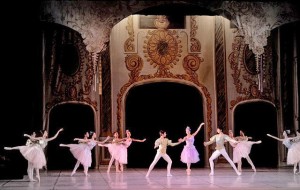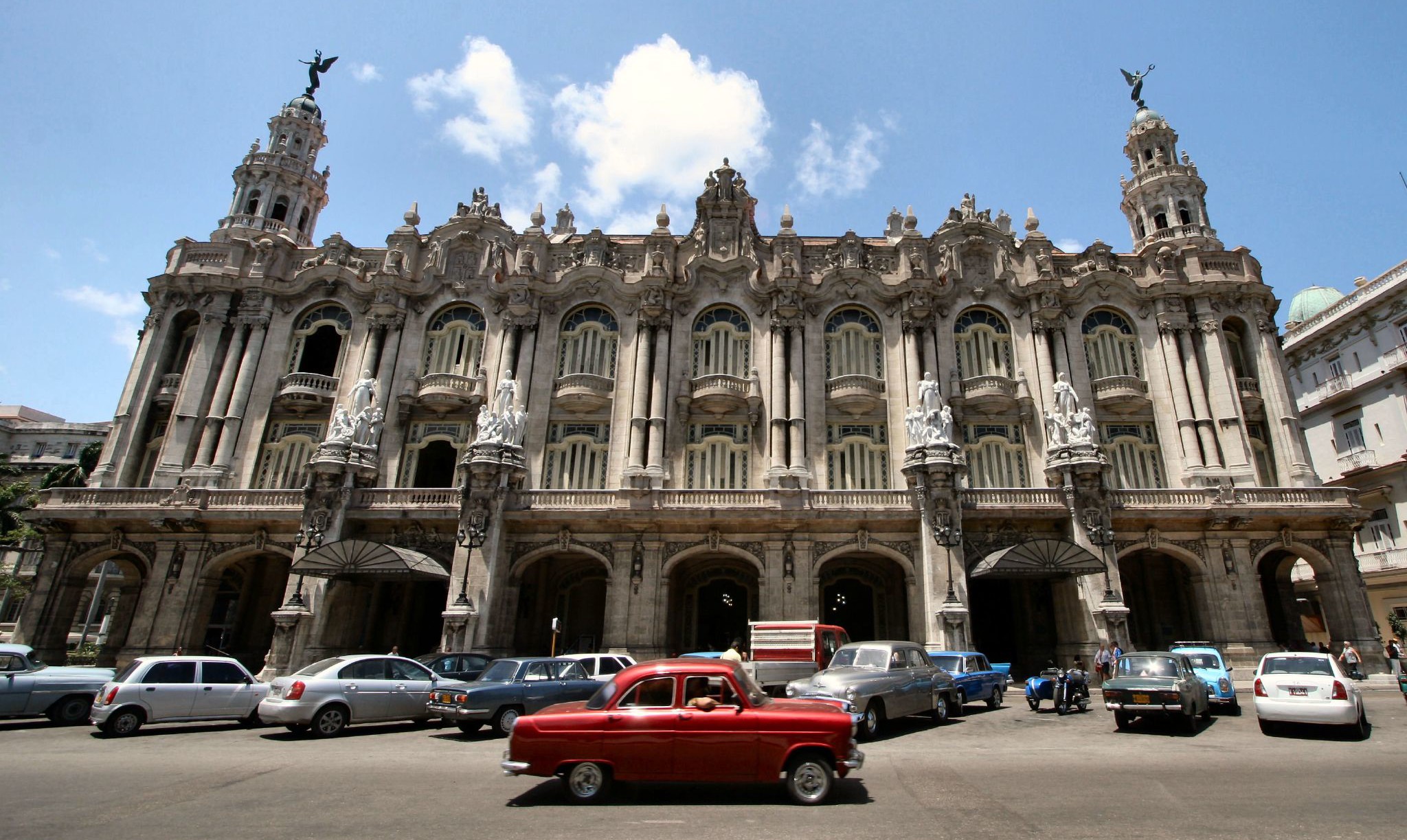This year, Cuba hosted the 24th annual International Ballet Festival, which attracted talented dancers from around the world. Media attention was focused on a very particular group of dancers: for the first time in decades, Cuban dancers who had previously defected from the country were being allowed to return.
One of the Cuban dancers attending the festival, the largest gathering of Cuban expatriate dancers in history, Jose Manuel Carreno, said that returning to Cuba to dance is one of returning home, regardless of his politically fraught status as a defector. Of course, even the idea of returning home with such ease has only been possible in the past few years. When Cubans on official tours used to defect, they were banned for upwards of eight years. Now, the travel laws have been liberalized. Although the United States facilitated more travel to Cuba since early in President Obama’s first term, the Cuban government has only recently relaxed Cuba’s own travel bans, making it easier for Cubans living abroad to visit and easier for Cuban residents to visit the States. Raul Castro’s regime, along with a series of reforms, eliminated the exit visa once required for Cubans to leave the island. Attaining one was a lengthy and arduous task. This, coupled with the United States issuing visas to visit Cuba more frequently has led to a significant increase in travel to and from Cuba. Thus, Cubans dancers are now able to return to the schools that propelled them to the international spotlight. The Cuban government seems to have come to the realization that Cuban ballet companies are simply incapable of supporting the remarkably talented dancers the ballet schools produce. Therefore, allowing these dancers to return home is the only means to ensure their ties to Cuba are long lasting and to ensure that Cuba receives recognition for their success.
The Cuban government’s interest in discontinuing the punishment of expatriates seems simple: Cuban dancers are enjoying incredible success throughout the globe now, asserting that Cuba is a forced to be reckoned with culturally. To a large extent, the image they create is by no means a mirage. Cuba’s ballet schools are among the world’s most prestigious. The National Ballet School in Havana has produced some of the world’s greatest ballet talents. An assistant professor of dance at Smith College, Lester Tome, said in an interview with NPR that Cuban dancers are “highly coveted” and are known for their “sterling technique.” Although many of the dancers invited to the festival deserted while on international tours, once permanently damning them in the Cuban government’s eyes, they are ultimately being welcomed back now possibly to showcase Cuba’s phenomenal ballet schools by establishing stronger ties with Cuban dancers.
If Cuban schools do such a good job training dancers, why do the dancers defect? For starters, the state of the Cuban economy since the collapse of the Soviet Union has been consistently dismal and wages for dancers reflect that. According to Tome, the best ballet companies in Cuba pay their dancers around 30 dollars a month. The economic forecast in Cuba in recent years has worsened. The tourism industry, absolutely key to Cuba’s economy, stagnated in 2013 and it’s unclear how much it improved this year. Futhermore, despite Raul Castro’s efforts to modernize the country by allowing small-scale private enterprise and giving cooperatives control of the retail and farming industries, the economic situation has not improved significantly. In fact, since the reforms were enacted, the country has been faced with diminishing economic growth, and growth will continue to decline.
But there are more endemic issues for Cuba’s dancers than ridiculously low pay. The ballet companies’ budgets are so low that they cannot afford the rights to new ballets. Therefore, they frequently perform dated classics like “Swan Lake” which tend to bore the talented dancers. Dancers in these companies find themselves performing the same ballets year after year and can easily feel like their careers are stagnating. The only way to mature as dancers creatively is to defect. Tome believes dancers defect “because they are attracted to positions in those highly prestigious international ensembles that offer a diverse repertoire which they don’t have access [to] in Cuba.” As defections became more commonplace, the companies lacked the talent to produce shows that would be well received internationally. Companies were often forced to recruit young, inexperienced dancers in order to fill the gaps, which in turn led to subpar performances.
 Brushing off the isolationism that characterized it during the Cold War, Cuba is increasingly using “soft power” to advance its political interests abroad. After attending the festival, an Argentinian ballerina summed up her experience simply: “I love Cuba.” It seems like this is the goal the Castro regime desires most. By inviting the world’s dancers to spend a week on the island, they would hopefully find that the country is modern and culturally vibrant, even loveable. Cuba has been asserting its influence in other areas as well. Recently, Havana hosted peace negotiations between the Colombian government and FARC, a revolutionary group known for taking captives. Cuba’s role as the strongest ally of Venezuela could elevate the Cuban government to a new South American diplomatic function it had not served previously. Dance is just one of the small, albeit significant, ways that Cuba is making a presence on the world stage, giving it a diplomatic clout largely unthinkable for what remains a relatively small country with outdated industrial practices and a faltering economic structure.
Brushing off the isolationism that characterized it during the Cold War, Cuba is increasingly using “soft power” to advance its political interests abroad. After attending the festival, an Argentinian ballerina summed up her experience simply: “I love Cuba.” It seems like this is the goal the Castro regime desires most. By inviting the world’s dancers to spend a week on the island, they would hopefully find that the country is modern and culturally vibrant, even loveable. Cuba has been asserting its influence in other areas as well. Recently, Havana hosted peace negotiations between the Colombian government and FARC, a revolutionary group known for taking captives. Cuba’s role as the strongest ally of Venezuela could elevate the Cuban government to a new South American diplomatic function it had not served previously. Dance is just one of the small, albeit significant, ways that Cuba is making a presence on the world stage, giving it a diplomatic clout largely unthinkable for what remains a relatively small country with outdated industrial practices and a faltering economic structure.
Of course, the Cuban government has a ways to go in order to better itself. The economy is stagnant if not declining. Despite the recent decision by the United States to normalize relations with Cuba, the economic aspects of the embargo remain unclear. And finally, in regards to dance, the Cuban government has only superficially opened its doors to expatriate dancers, as some still are not allowed back, for entirely arbitrary reasons. Still, it seems as though the Cuban government is at least trying to attract national attention for positive reasons. But even as the Cuban government is showcasing its modernization and prowess through ballet, the Cuban ballet still performs in the Karl Marx Theater, a symbol that Cuba’s opening up is unlikely to erase the country’s ideological legacies.
